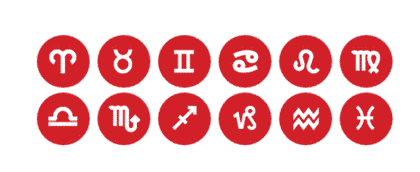When to Intervene
da: The New York Times
It is hard to date exactly when humanitarianism got decisively bound up with making war, although many would point to Colin Powell’s 2001 endorsement of relief workers in Afghanistan as a “force multiplier for us . . . an important part of our combat team.” In these two very different books, Conor Foley, an experienced relief worker, laments the transformation of humanitarianism into an aspect of politics, while Gareth Evans, a doughty Australian politician and head of the International Crisis Group, argues for something like its institutionalization. Both books are poised to influence debate as we make the turn into a post-Bush world. As Foley notes in “The Thin Blue Line: How Humanitarianism Went to War,” human rights and humanitarianism became powerful movements in the 1980s and ’90s, and by now Amnesty International UK “has over a quarter of a million members, overtaking . . . the British Labor Party.” This shift from class politics to values politics occurred across the Western political spectrum, particularly in the…




